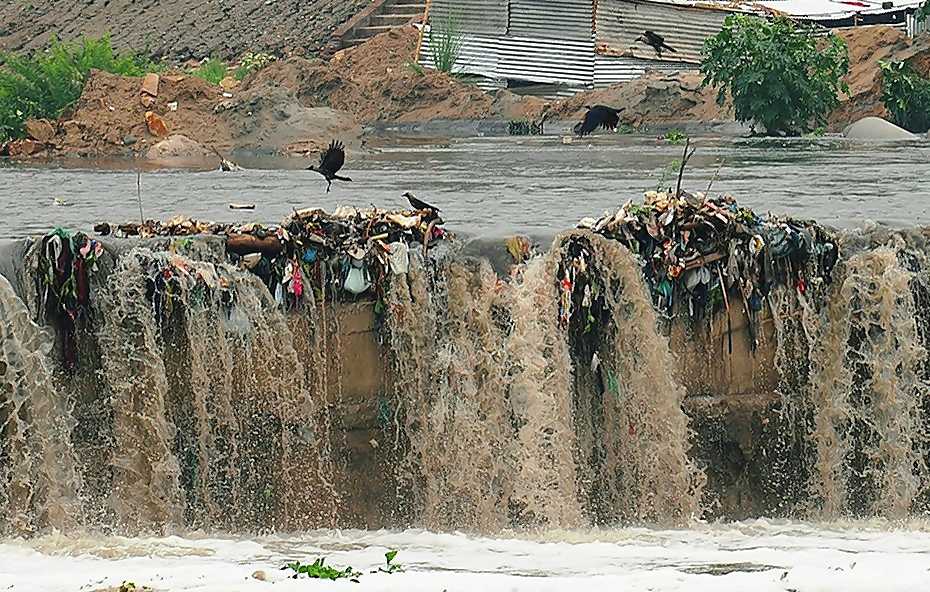Free Courses Sale ends Soon, Get It Now


Free Courses Sale ends Soon, Get It Now



Copyright infringement is not intended
Context: The number of polluted stretches in India’s rivers has fallen from 351 in 2018 to 311 in 2022, though the number of most polluted stretches is practically unchanged, according to a report from the Central Pollution Control Board (CPCB)
Details:
The key water-quality indicators:
https://epaper.thehindu.com/Home/ArticleView
© 2024 iasgyan. All right reserved